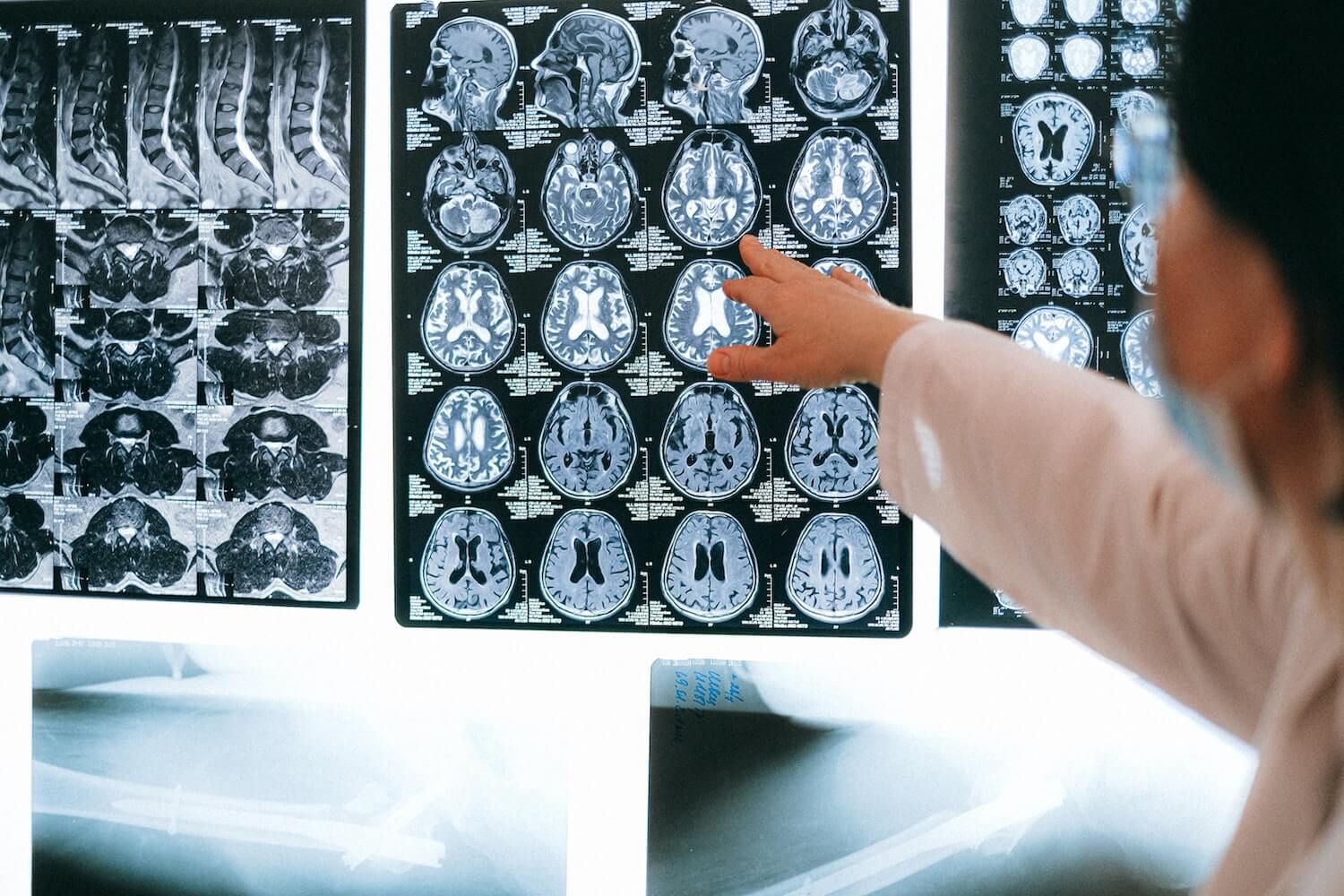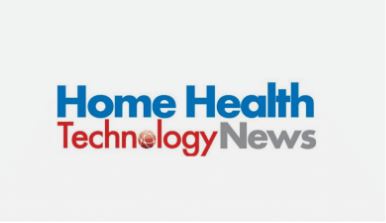The Need for Telemedicine Neurology
Telemedicine neurology is bringing emergency departments, hospitals and clinics much needed support. Back in 2018, MGMA released a report on the neurology workforce shortage. COVID-19 has only made things worse. The American Hospital Association says hospitals and health systems face unprecedented financial pressures due to COVID-19.
Beyond having to invest in non-budgeted COVID-19-related equipment and supplies, these facilities have also experienced significant staff shortages and cancelled surgeries and other services that typically support expenditures. The combination of factors is forcing hospital systems to operate leaner than ever without sacrificing the quality of care, a formula that isn’t working well given the current situation.
When it comes to neurology, strokes present the greatest challenge because they are time-sensitive. The CDC says that every year, nearly 800,000 people in the U.S. have a stroke. Strokes rank as the fourth leading killer in the U.S. Immediate treatment for stroke patients may minimize the long-term effects of a stroke and even prevent death. The gold standard of care is to administer Alteplase IV r-tPA within three hours.
Unfortunately, rapid response is not always possible. Emergency rooms, hospitals and clinics do not always have neurologists on staff or immediately available, particularly with COVID-19. Smaller critical access hospitals, especially in rural areas, have been the hardest hit.
2021 Predictions: Telehealth Becomes a Standard of Care
Having access to a neurologist 24/7/365 enables hospitals and clinics to be able to evaluate patients quickly by a specialist. Should the assessment require surgery or care that is not available in that particular location, staff can work much sooner to find the closest nearby facility. The teleneurologist may even be able to assist in locating the required specialist, bringing them up to speed quickly while the patient is being transported.
The Benefits of Telemedicine Neurology
Studies across many specialities, including neurology, prove telemedicine is as effective as traditional, in-person evaluations in terms of patient and caregiver satisfaction. Expediting care is cited as being the biggest benefit of teleneurology, followed by increasing access, reducing costs, and improving diagnostic accuracy and health outcomes. Because of the success of telemedicine across so many disciplines, increasingly more hospitals and health care facilities are investing in telemedicine technology.
Facilities that invest in a telemedicine neurology platform are able to provide life-saving attention to patients around the clock, no matter the facility size or available staffing. Teleneurologists can complete a patient assessment remotely, working with onsite staff to provide any additional testing or in-person evaluation. This partnership between teleneurologists and onsite physicians and nurses ensure patients presenting with neurological issues receive timely care.
Telemedicine neurology is enabling hospitals and clinics to expand their capabilities and their capacity. The technology is ideal for patients presenting with stroke symptoms but also for patients with epilepsy, encephalopathy, brain abscesses, movement disorders, debilitating headaches of unknown origins, and concussions. Instead of waiting in an emergency room for half a day to be seen, nurses can connect patients remotely with a teleneurologist who may be located on the other side of the country.
These virtual connections using telemedicine technology are also happening between larger hospitals and their ancillary clinics and rural hospitals. A recent New York Times article says virtual specialists are filling a critical need for both smaller centers and larger hospitals alike, saying, “To relieve pressure on its big hospitals, Intermountain is keeping more patients at its smaller centers, monitored virtually by specialists at the larger hospitals who consult with the local doctors via remote links.”
Telemedicine Neurology Use Cases
Telemedicine neurology enables specialists to do more than conduct initial assessments of patients presenting with neurological issues. Teleneurologists can monitor patients remotely as they recover in the hospital or rehabilitation center, provide follow-up care for patients as they continue to recover at home, aid the hospital in reading EEGs remotely and interpreting images, and provide consults. Consultations may include those for acute stroke, movement disorders, neurocritical care, and chronic care.
When hospitals are able to have virtual teleneurologist at their disposal, both general neurologists and subspecialists with deep expertise, they can retain patients instead of transferring them to another facility or turning them away. This keeps dollars in the hospital coffers while ensuring patients receive appropriate care closer to home.
In fact, hospitals can use their telemedicine platform to connect with specialists in virtually every field, including telepsychology, teleICU, telehospitalist, telepulmonary, telecardiology, and telepalliative. Increasingly more specialists and physicians are joining telemedicine provider networks, giving them another revenue stream and a more flexible work schedule.
Related: Telecardiology Equipment: Bringing Specialists to The Bedside Virtually
Finding The Right Telemedicine Platform
It is important for hospitals and clinics that embrace telemedicine software to select a provider that has a reliable, robust and easy-to implement system. One of the most common complaints about telemedicine is that its effectiveness is directly linked to its reliability. If glitches are common, for instance, there will be a delay in care, as well as frustration and potentially additional costs for the hospital as they use resources to fix the issue.
A robust system is important as well, ensuring the equipment, software and integrations are well thought out to provide everything the user will need to experience all of the benefits of telemedicine. There are several components in a complete telemedicine system, including a mobile cart that can easily be transported from room to room or floor to floor. It should include easily-accessible hardware components, such as high-quality, pan-tilt-zoom (PTZ) cameras which allow the neurologist to zoom and look at finer movements and a patient’s pupils. Additionally, the system should have noise-cancelling speaker and microphone, as well as a casting capability to turn any HDMI-enabled TV or monitor into a telemedicine screen.
It is important that the telemedicine system has a powerful operating system, rather than just a utility or app, that enables telehealth providers to create HIPAA-compliant patient notes that can be securely shared with onsite care givers. Telespecialists will also need to be able to view patient images, making an integration with PACs critical. A built-in cloud-based scheduler will speed locating and booking a telespecialist.
These are just a few of the features to look for when evaluating telemedicine systems. The primary objective is to find a system that is secure, powerful, intuitive and streamlined. The longer it takes to deploy the system and train users, the less likely it will be utilized to its full extent to experience optimal return on investment.
Telemedicine neurology and other specialties are available to hospitals and clinics around the world, transforming how healthcare is delivered. While telemedicine has been leveraged for years, COVID-19 is shedding a brighter light onto its greater potential. Never before have hospitals and related health care facilities needed more help. Telemedicine is breathing new life into struggling organizations, helping to expand capacity and capabilities while lowering costs. The ultimate winners are the patients who receive more timely and appropriate care for better outcomes.





